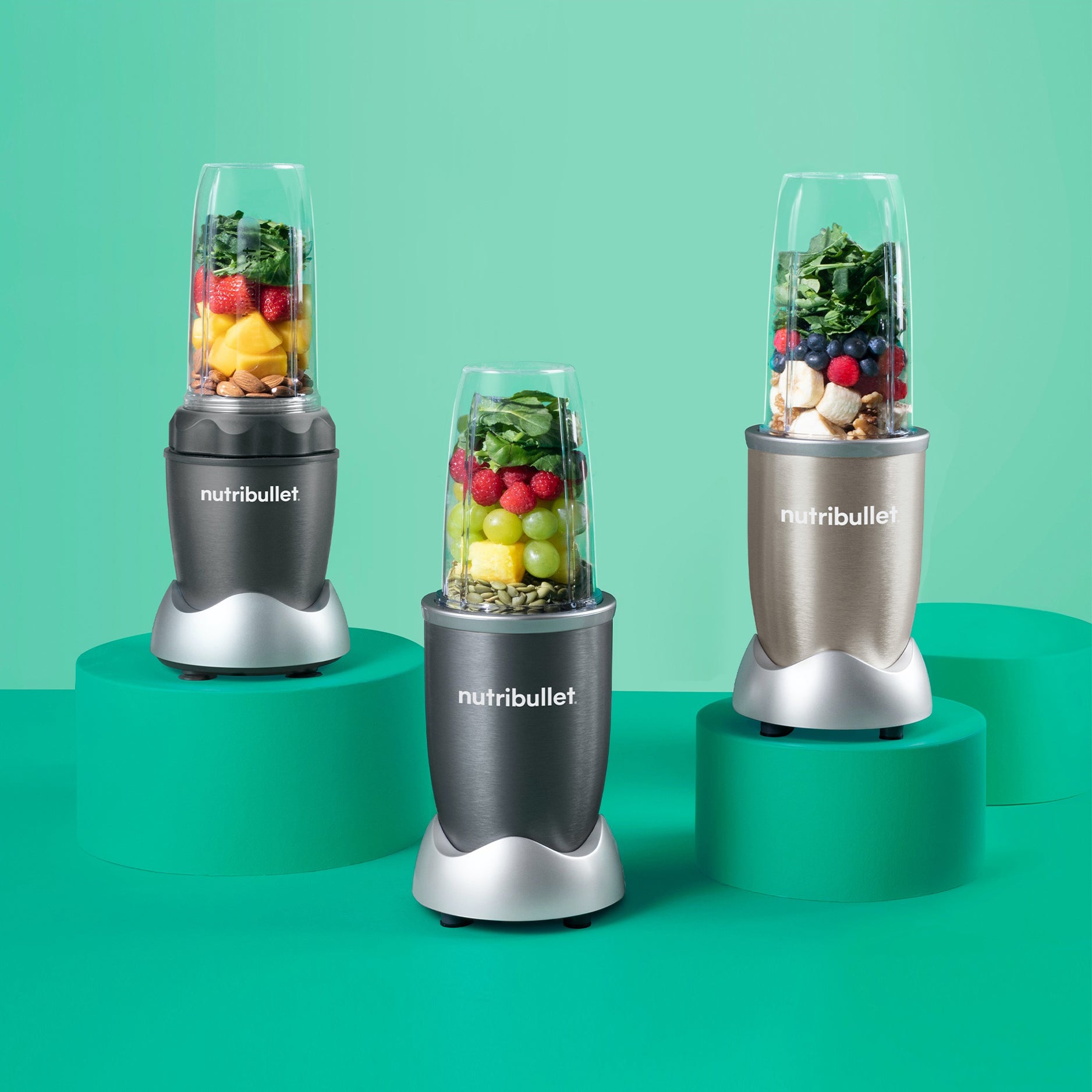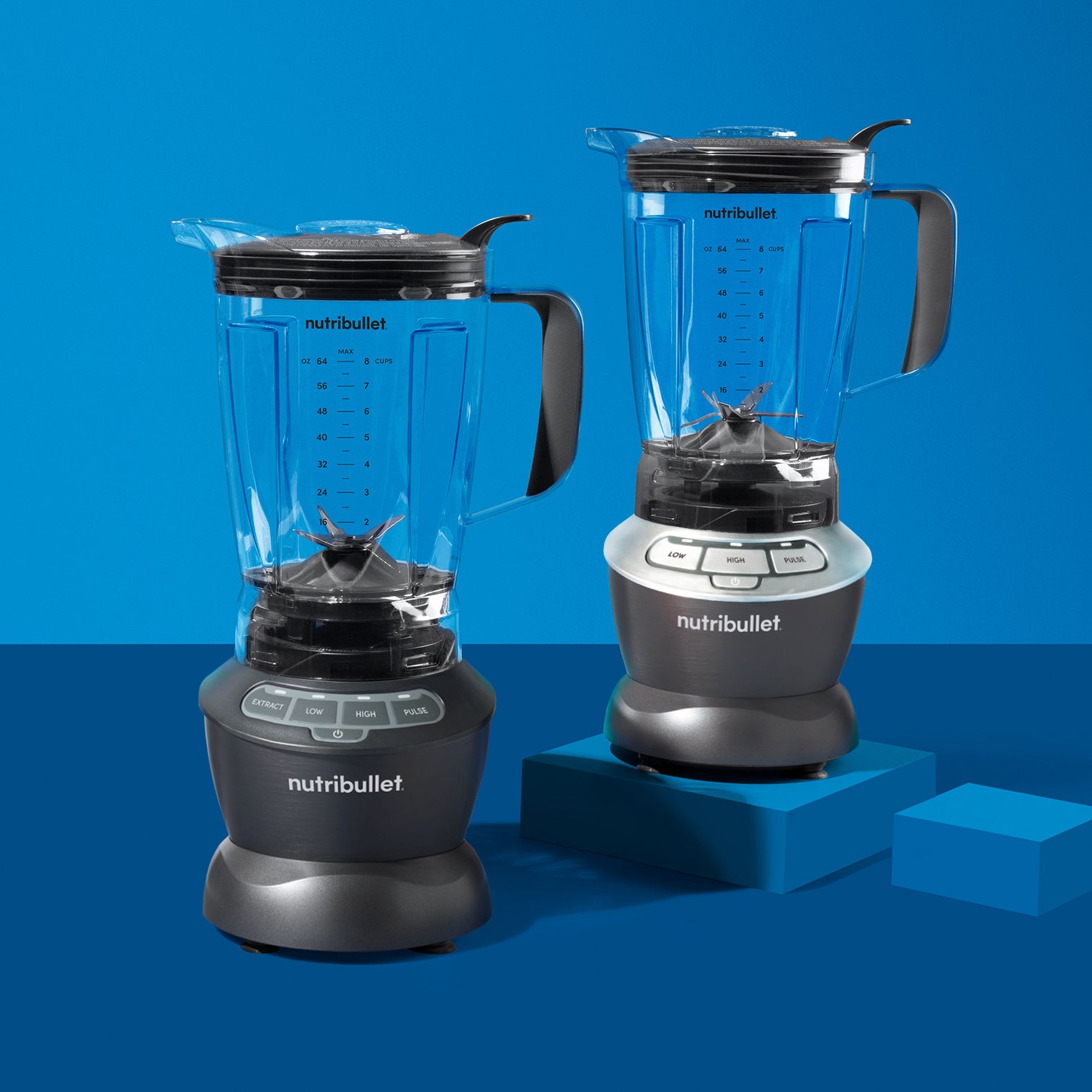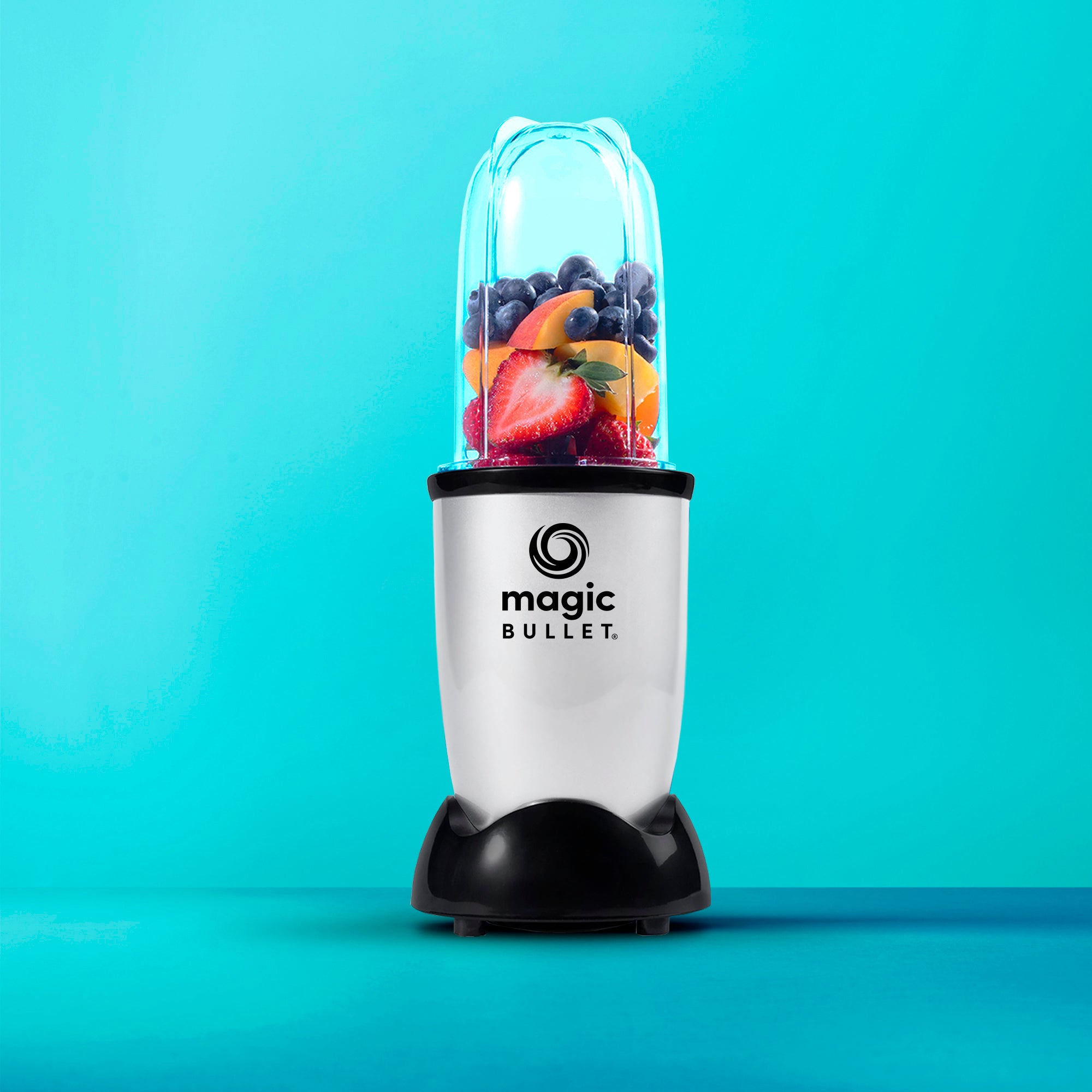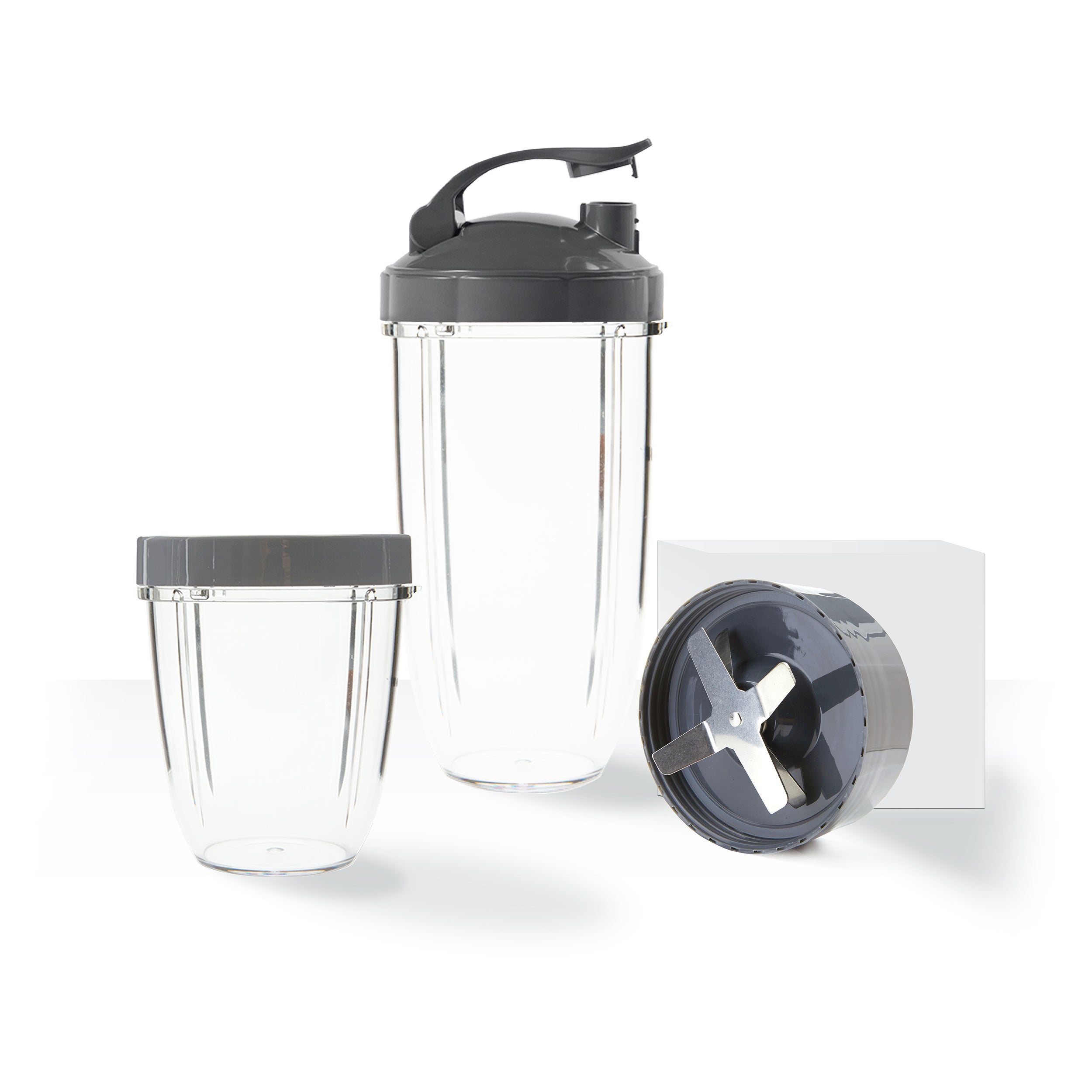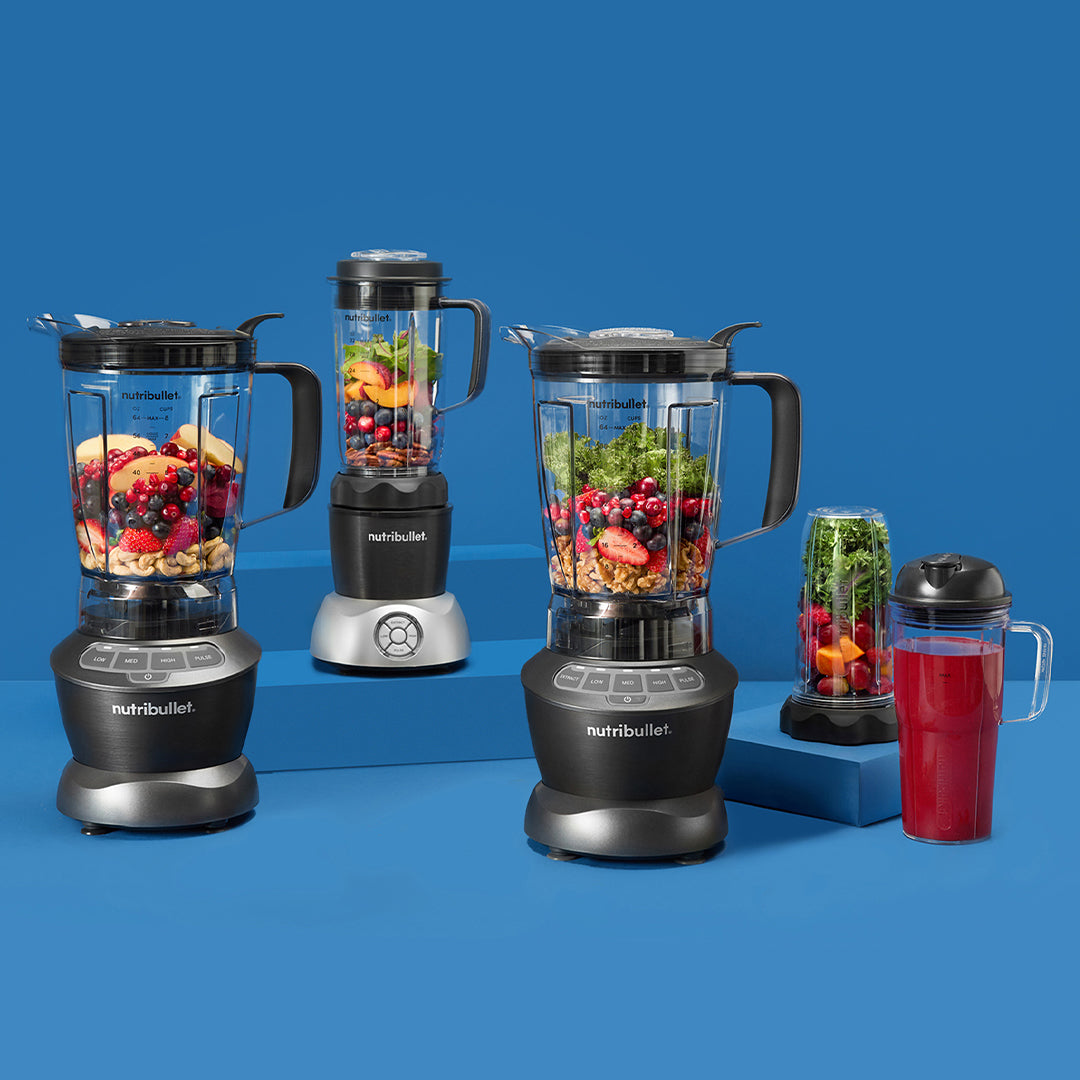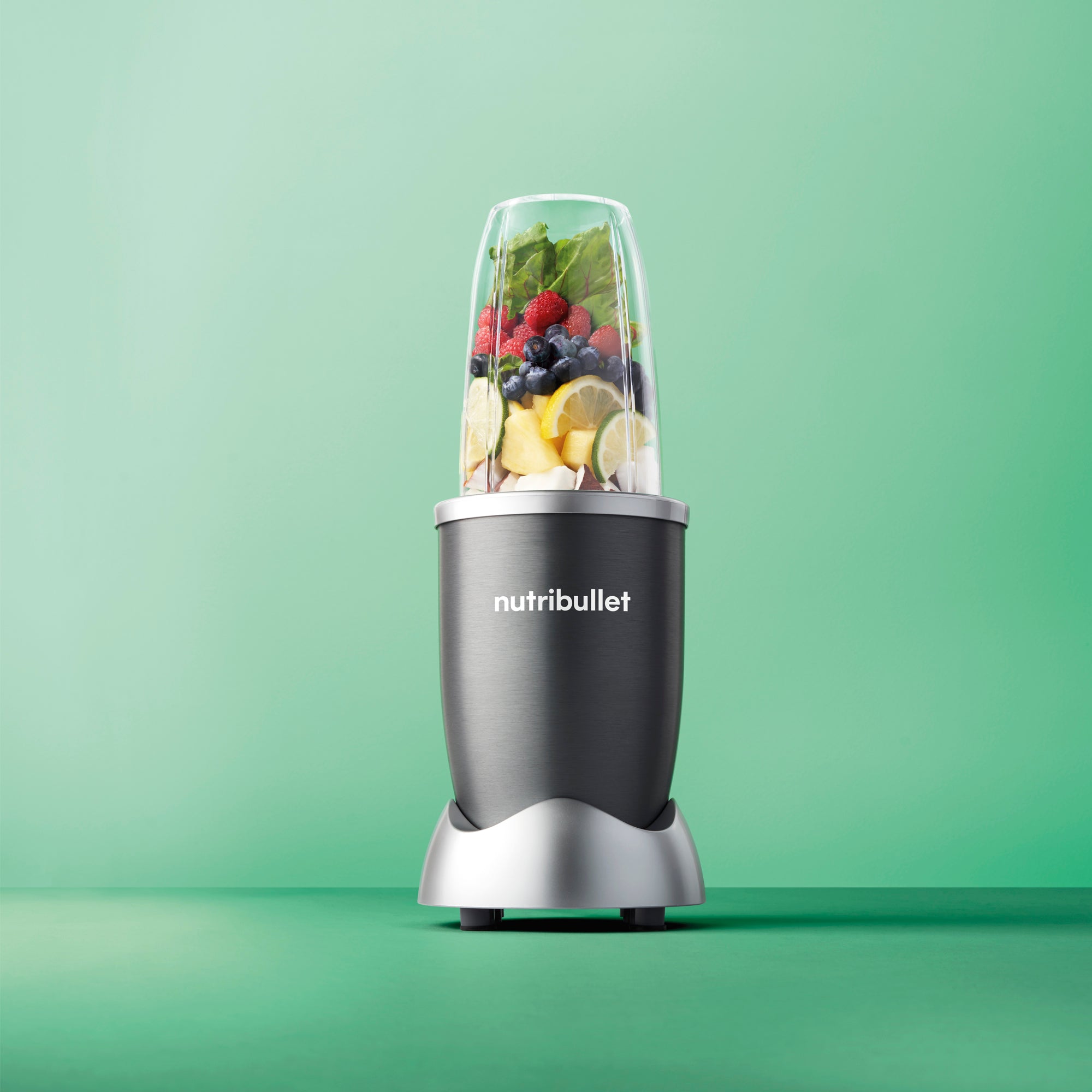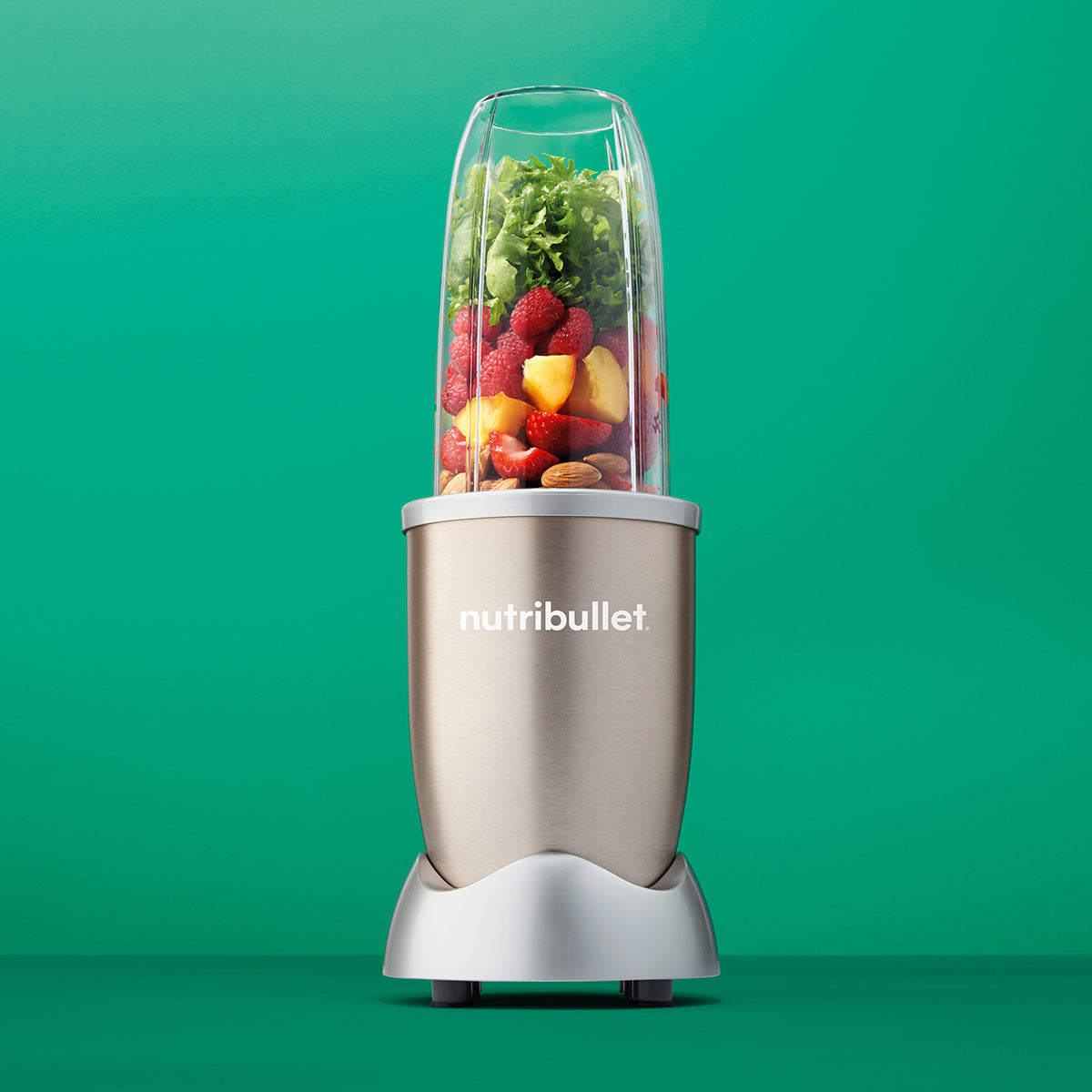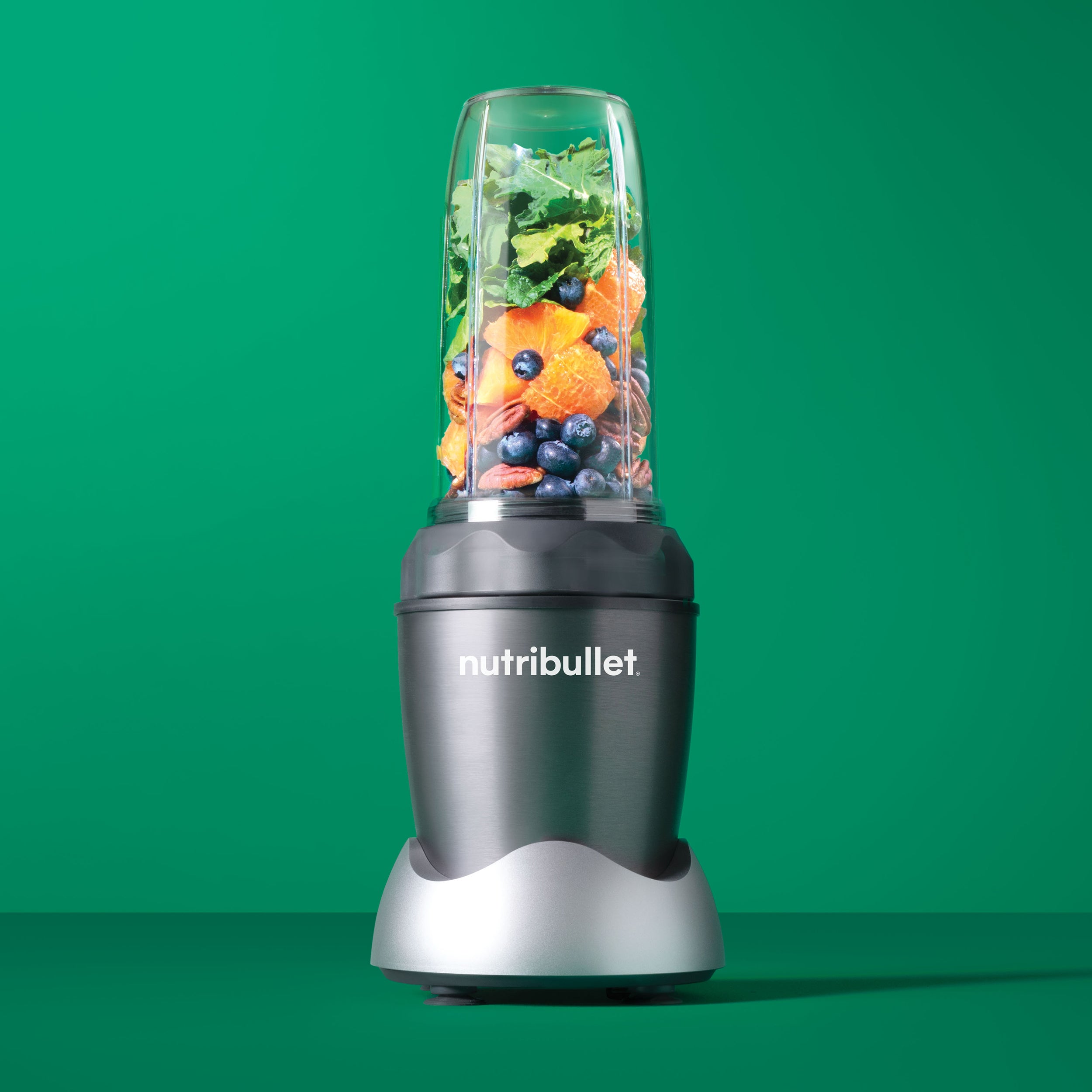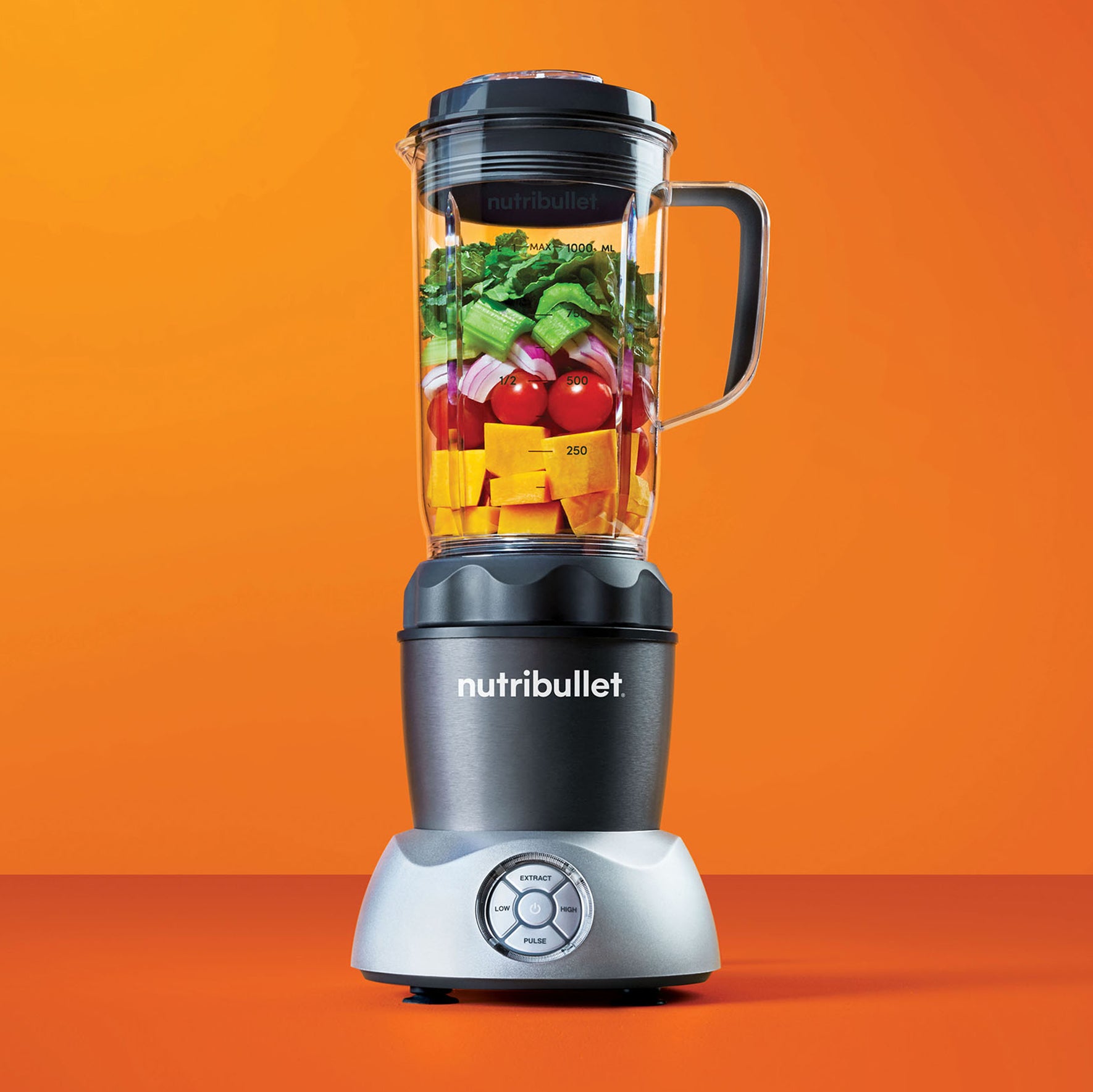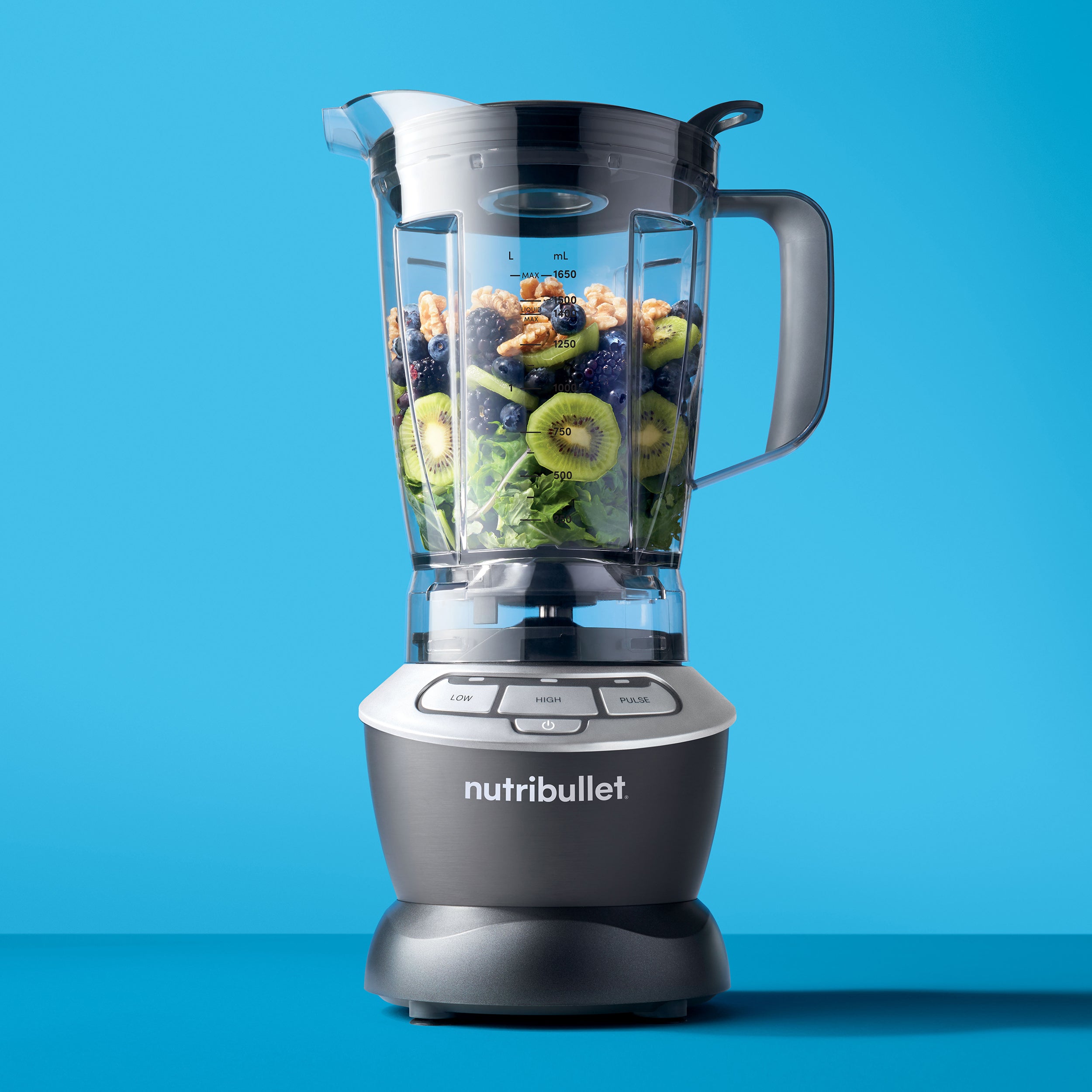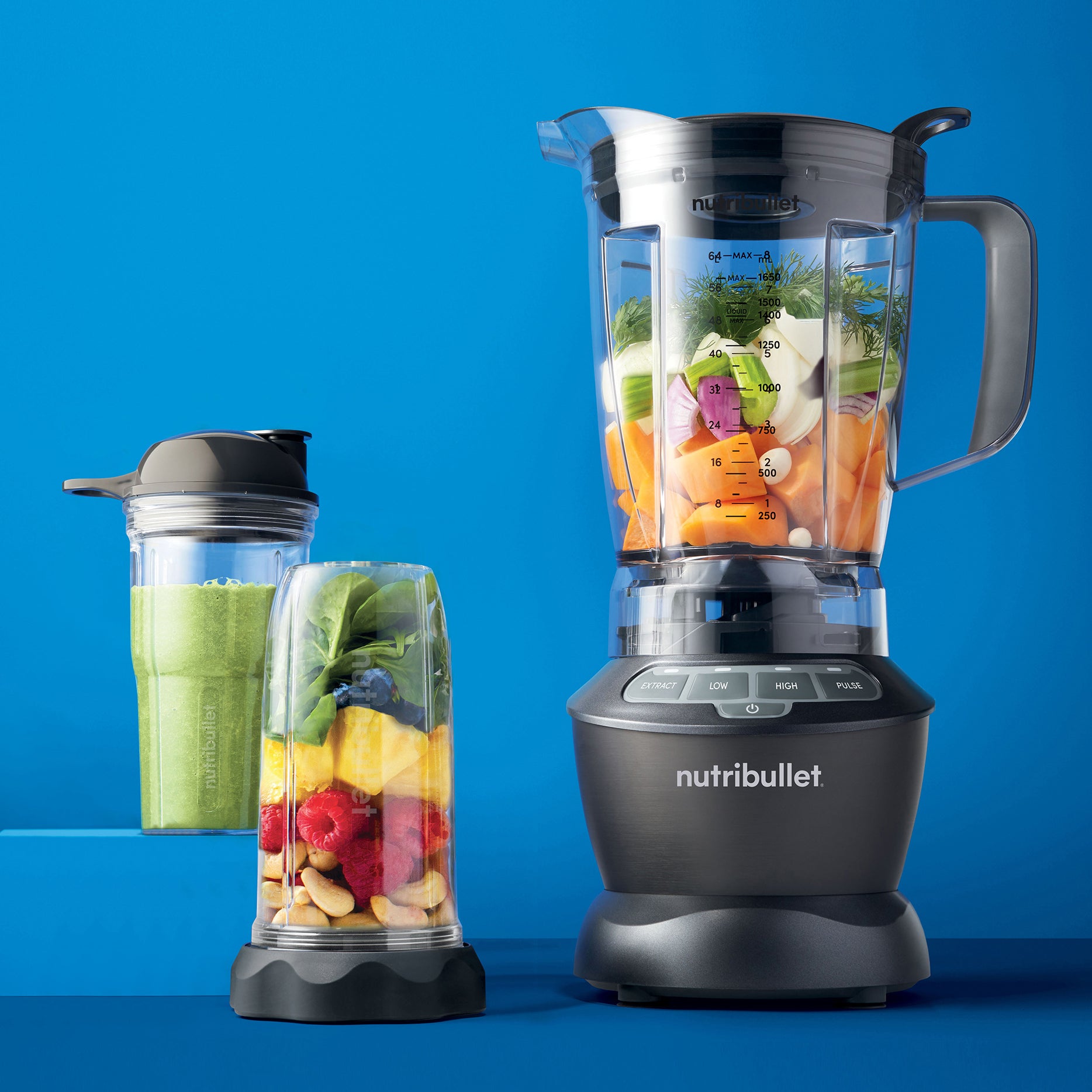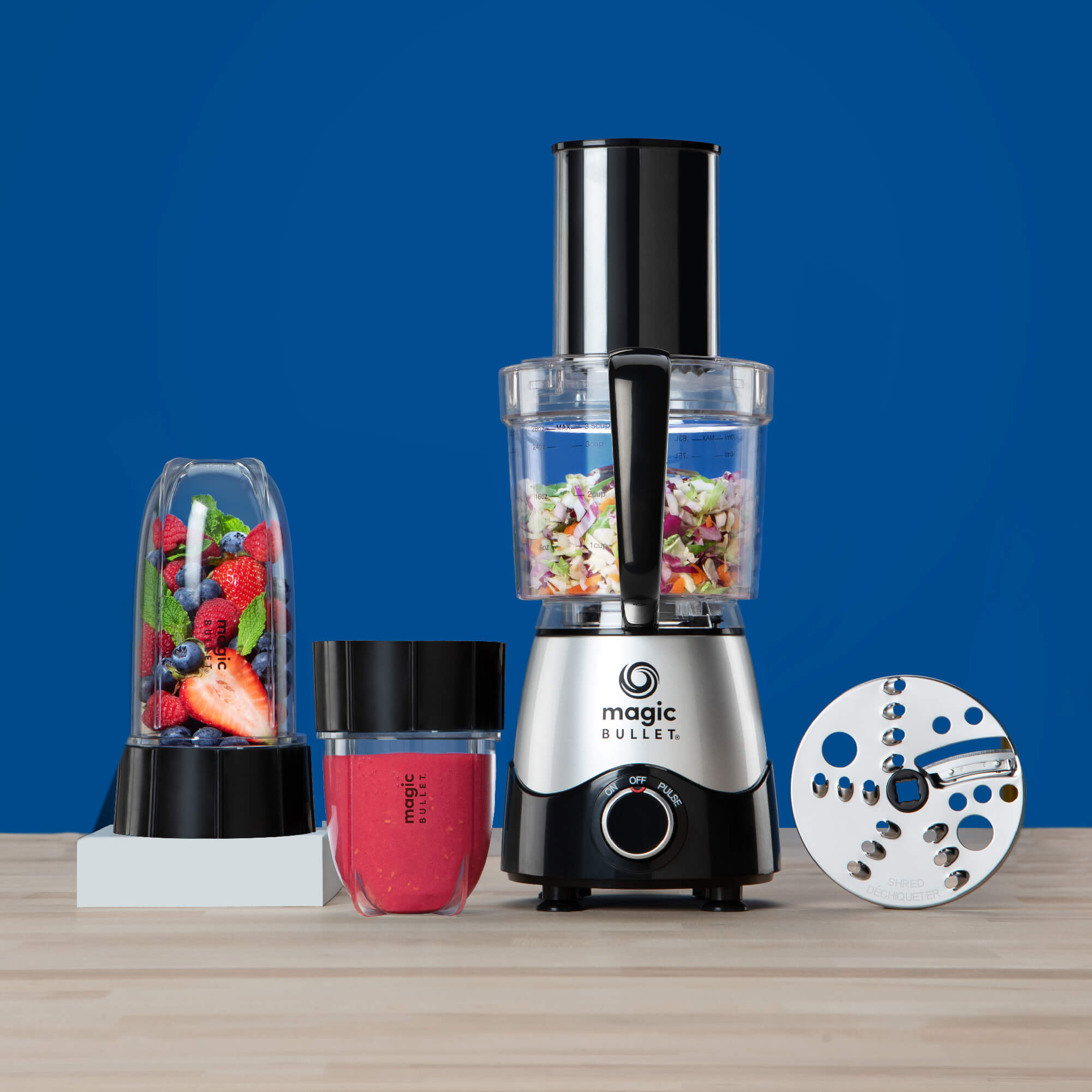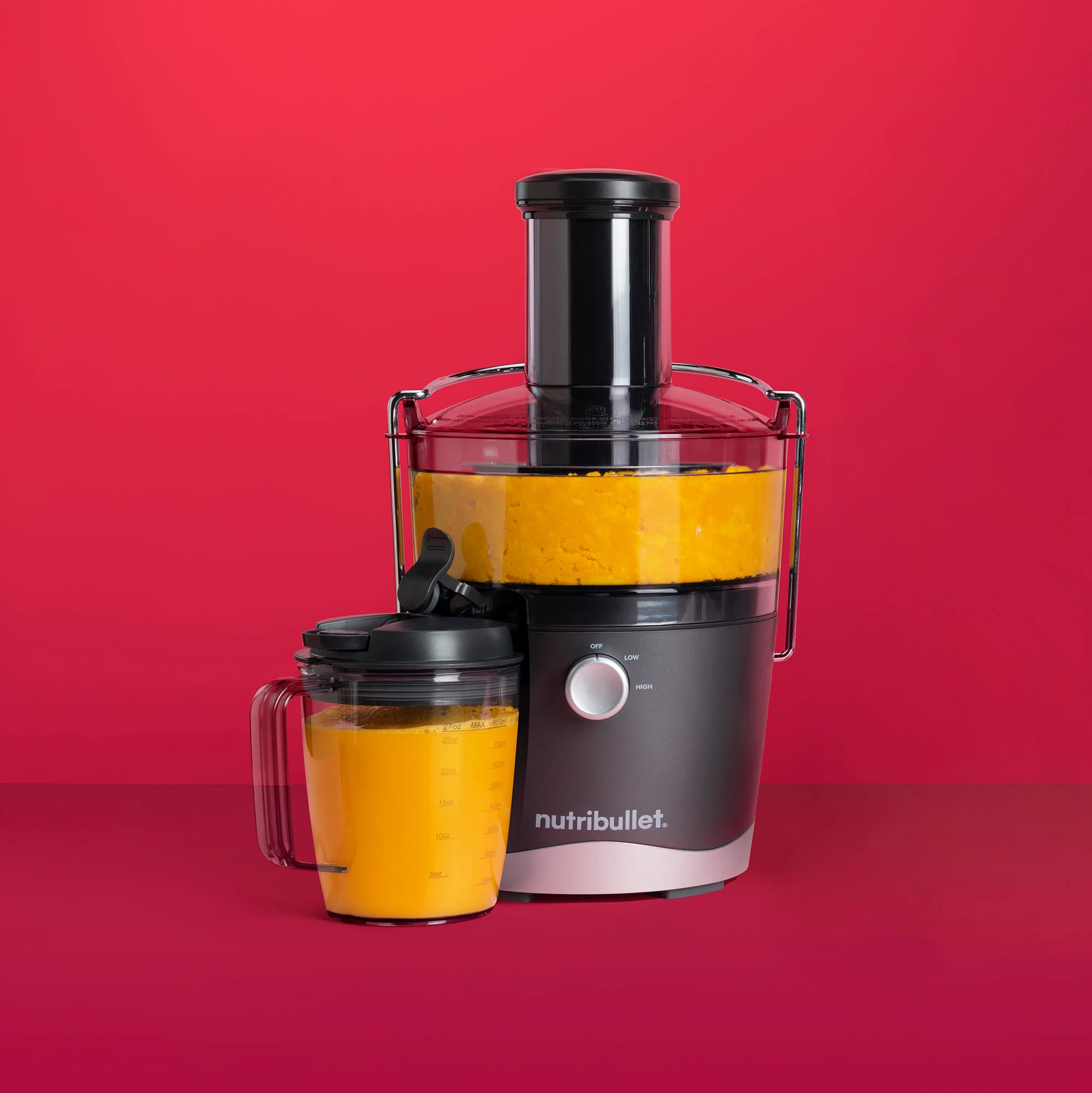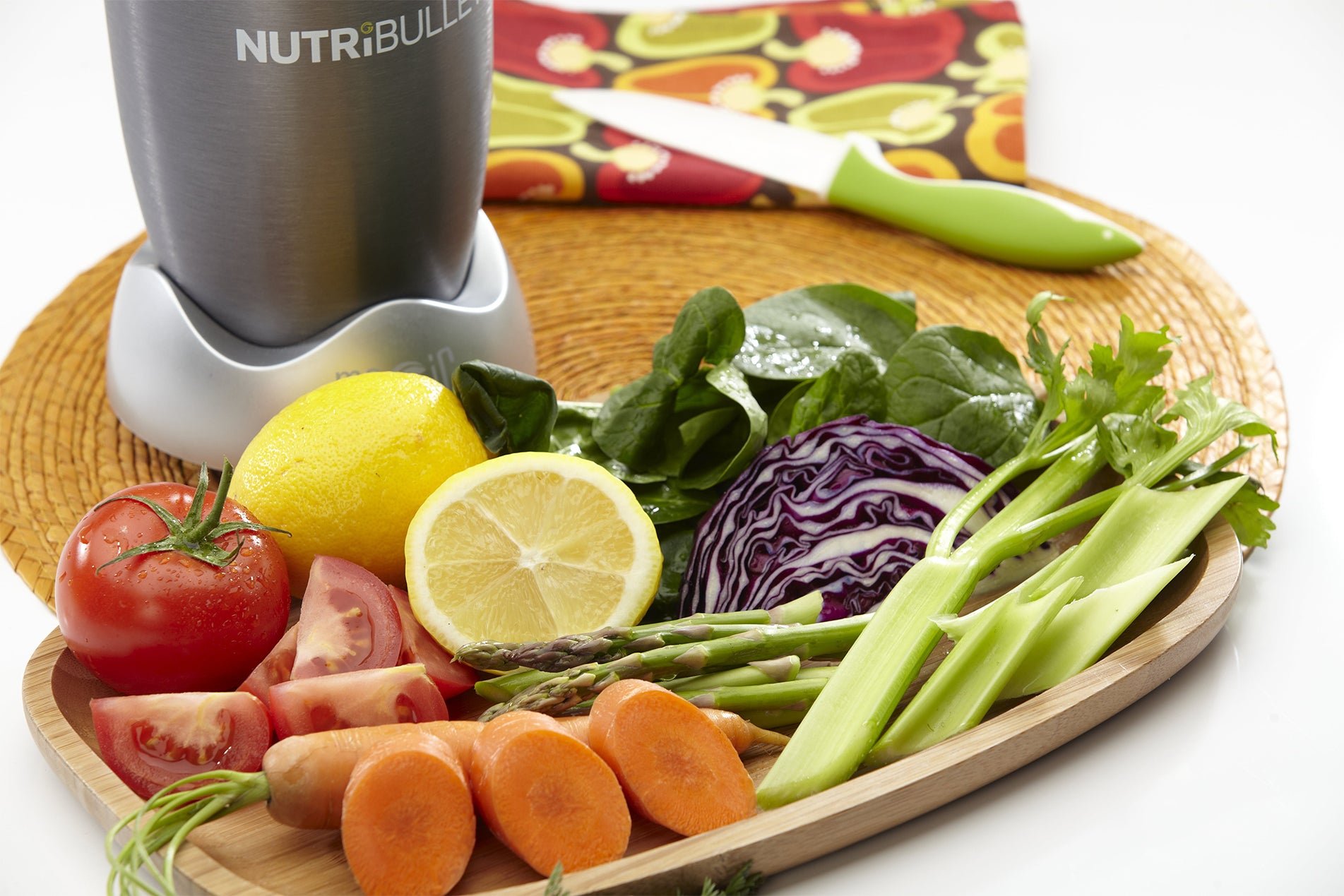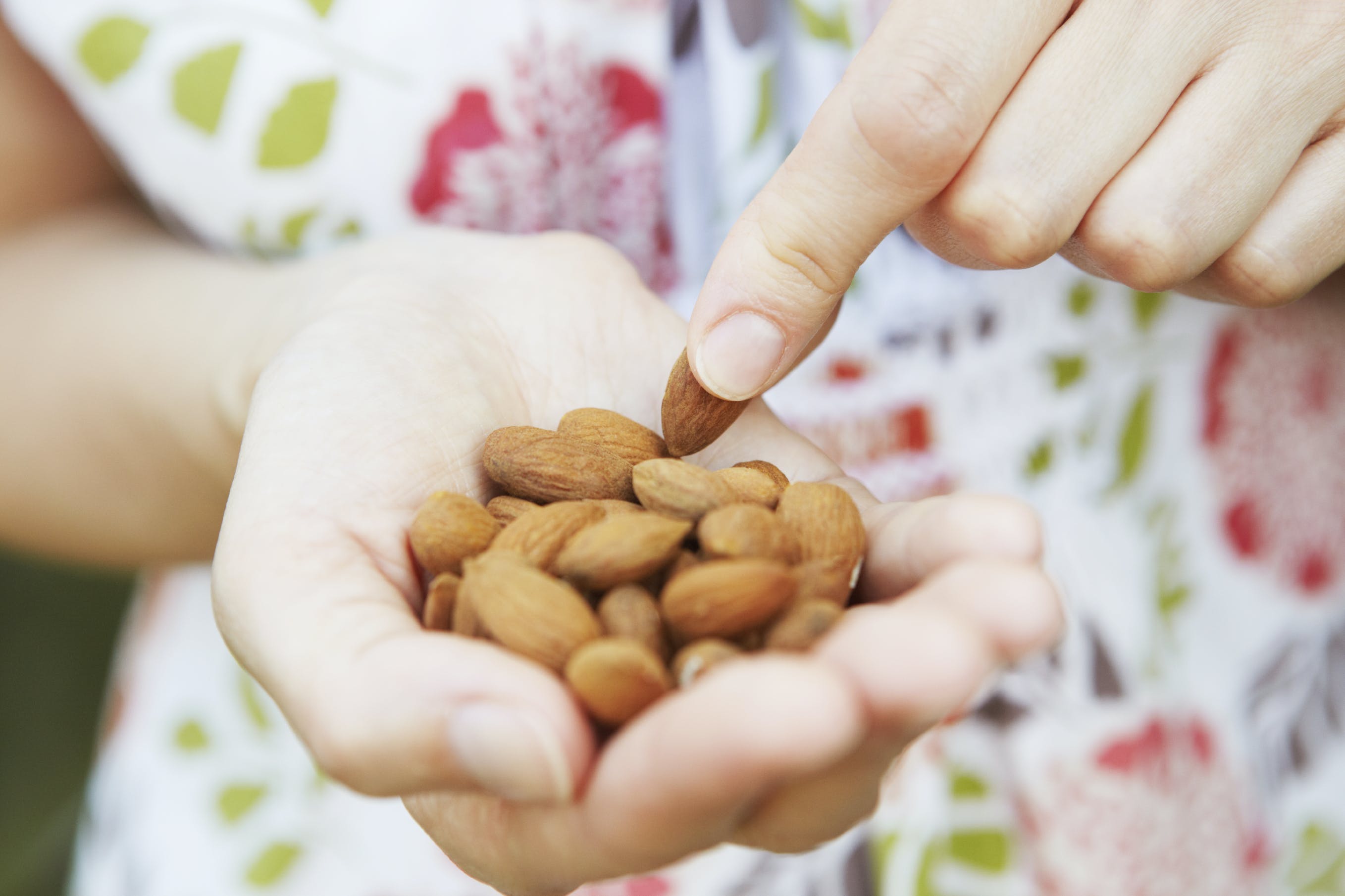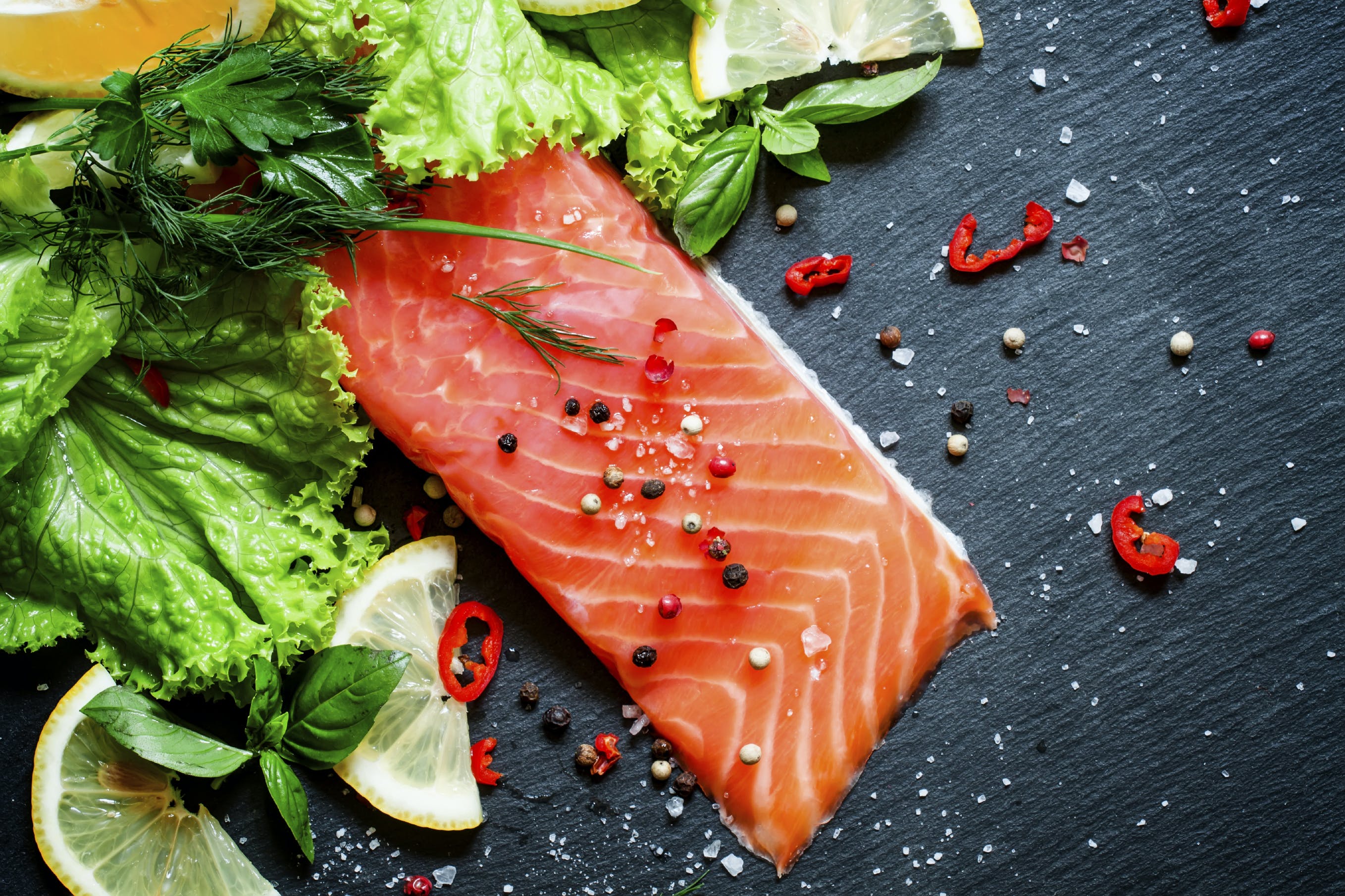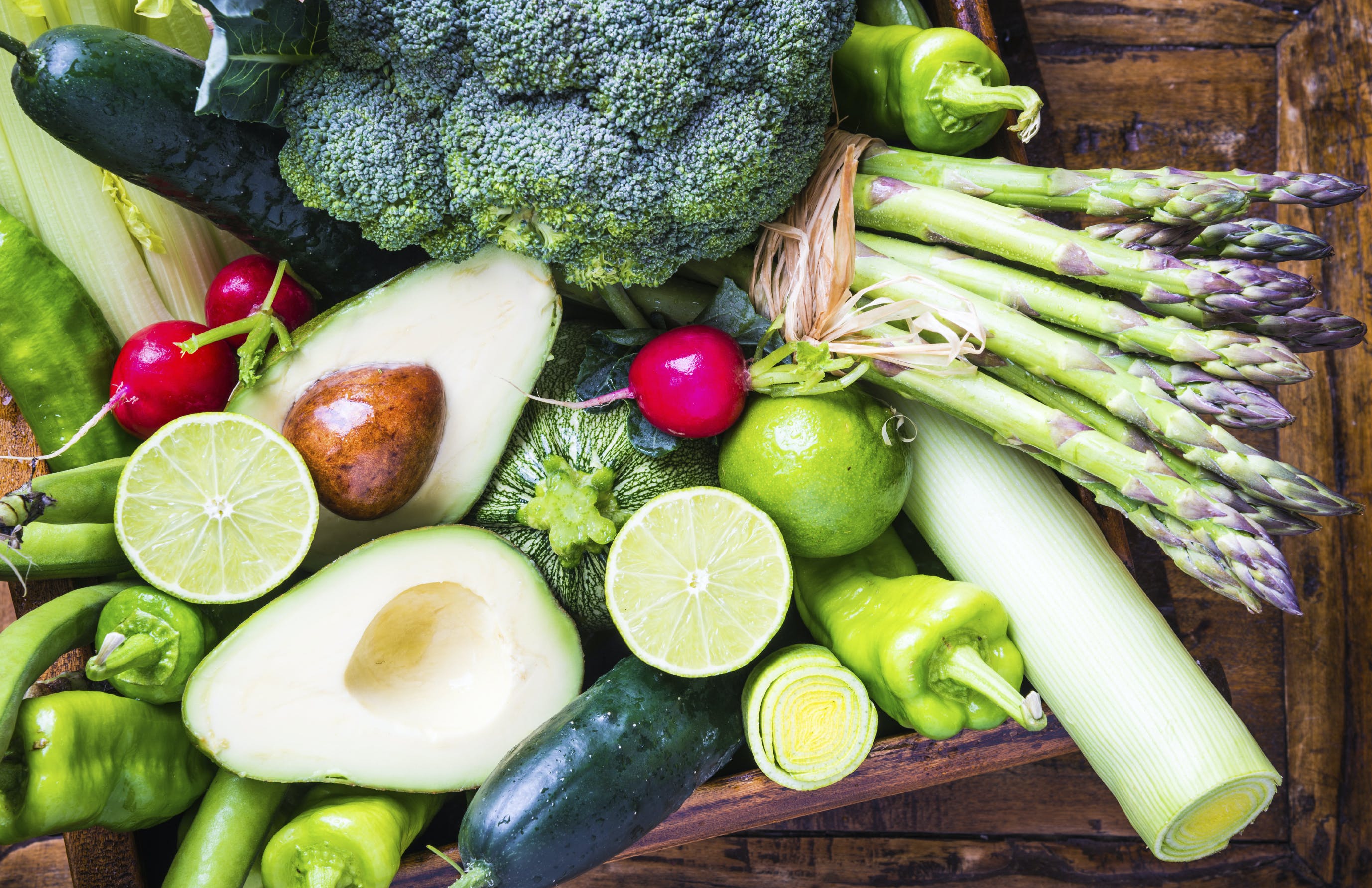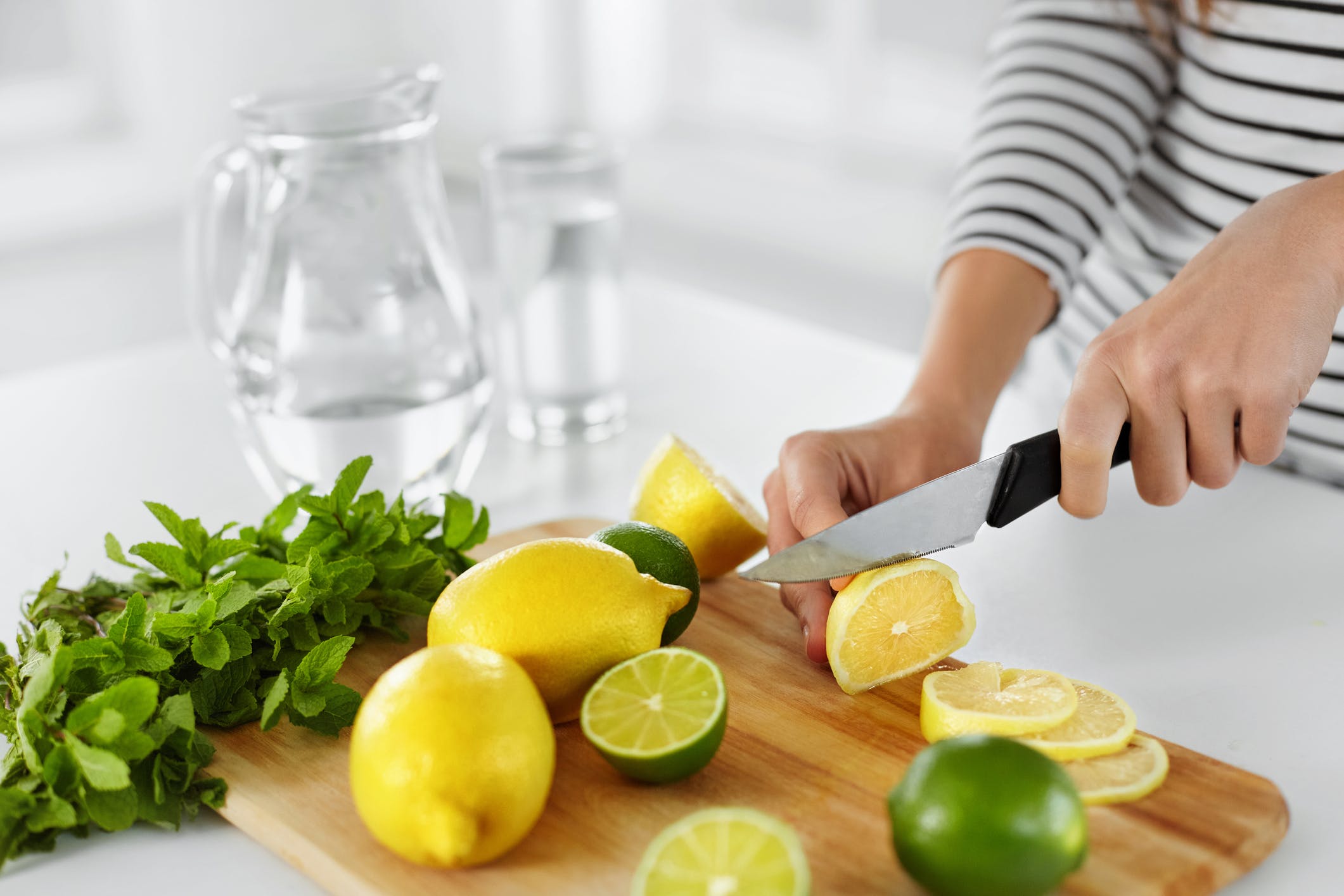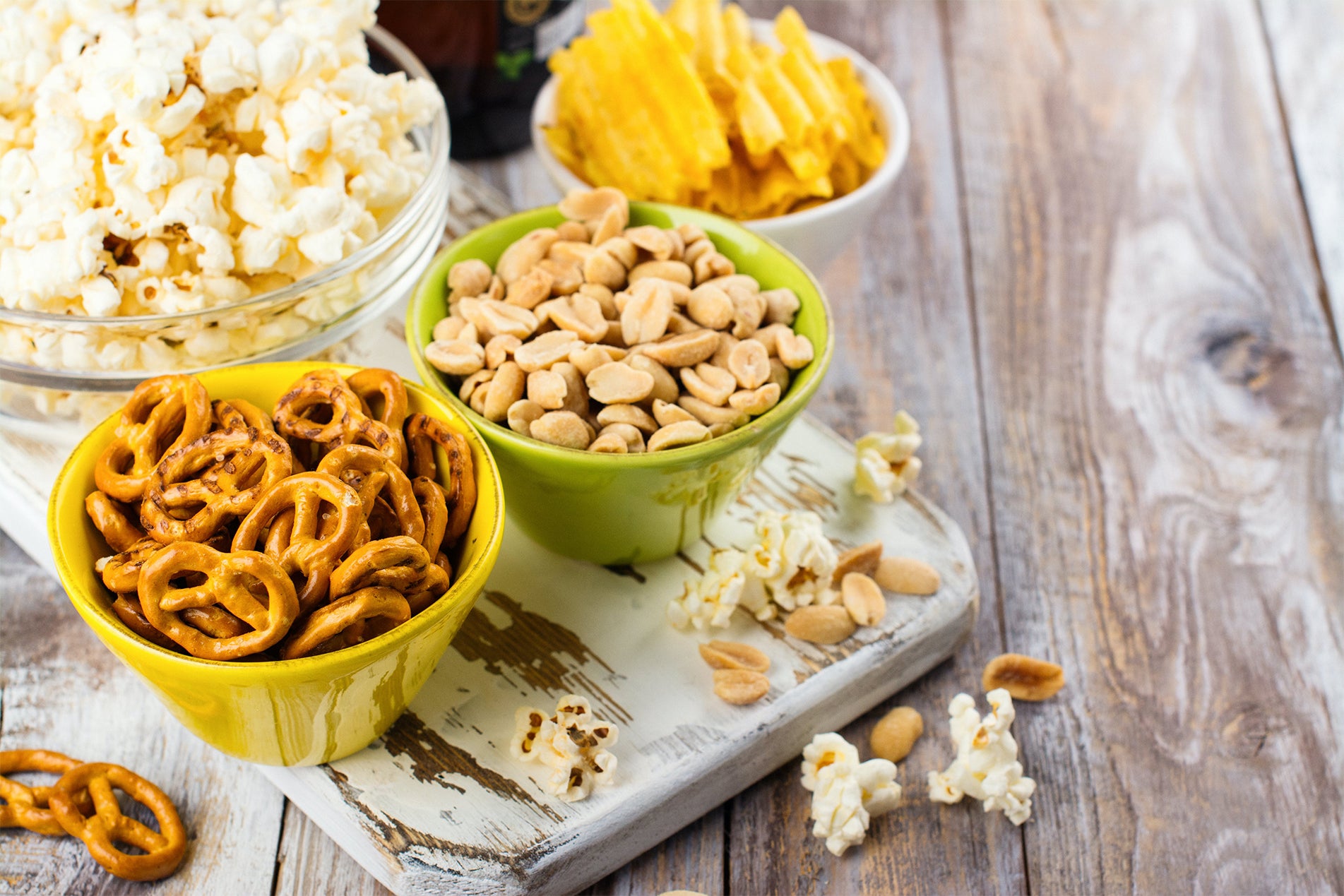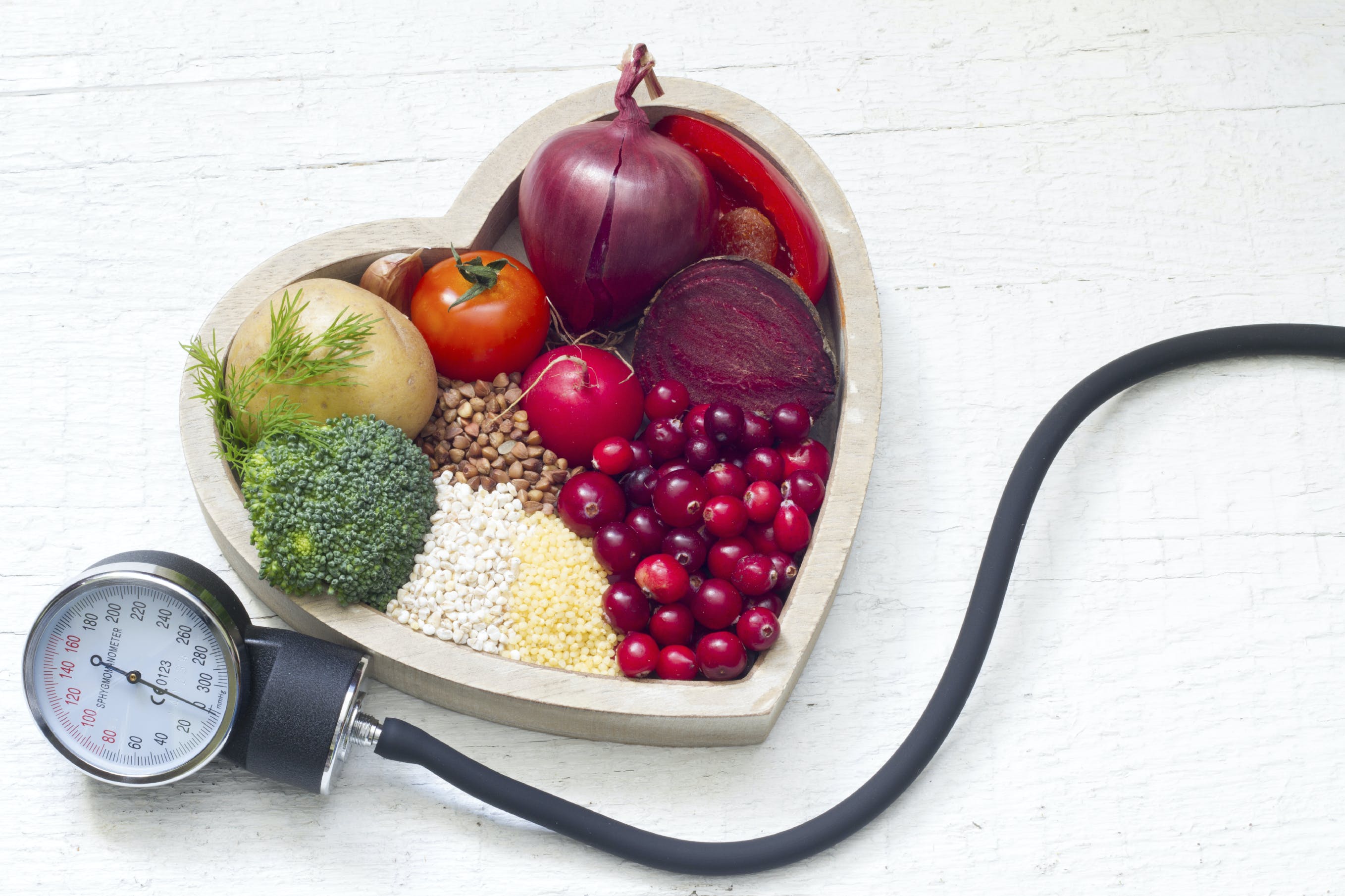As a registered dietitian nutritionist (RDN), it often feels like I’m on a 24/7 shift. When people find out what I do for a living, it usually opens the gateway to a flood of nutrition-related concerns and questions.
Does fruit have too much sugar? What do you think about the Paleo diet? Are you vegan? Should I put butter in my coffee? What are you ordering? Do you ever eat dessert?
The truth is, I’m honored when people feel comfortable enough to ask me these types of questions and trust me with the responses. I hope you feel the same.
I became a dietitian because I truly love helping and connecting with people, and food is our common language. While the conversation around food and health has gained some serious traction over the past several years, conflicting and misleading information has, unfortunately, come along with it.
In my sincere effort to soften some of the noise and nutrition confusion, hear me on this: there’s not a one-size-fits-all approach to eating for your health and your own unique needs and genetic make-up. Yes, I advocate for a diet that’s rich in fruits, vegetables, whole grains, legumes, nuts, seeds, and plant-based fats, but I also advocate for an eating pattern that is enjoyable and sustainable long-term. Perfection is overrated and eating for your overall health is not necessarily a diet you go “on” or “off.”
So, to answer the question, I do eat dessert – just not all the time. Having an occasional piece of cake at a wedding, enjoying a cookie with my grandmother, or sharing a slice of pie with a friend is part of a balanced life.
In honor of National Nutrition Month, I reached out to eight of the nation’s leading dietitians to also dish out their best non-fad nutrition advice. Read on to hear what they had to say.

Willow Jarosh, MS, RD
Be Curious
“Embrace curiosity over judgment! When you come from a place of curiosity, you can explore aspects of your food choices, including why you have certain habits and whether or not they serve you in a positive way. Curiosity also gives you freedom to experiment and find what works for YOU in a way that feels good.”
In addition to being curious about your food choices, be curious about experimenting in the kitchen – it’s also a great way to hone in on your cooking skills. Aside from experimenting with new smoothie ingredients (we’re looking at you: frozen cauliflower and zucchini), try making your own homemade plant-based milk.
Willow Jarosh is a co-owner of C&J Nutrition and co-author of Healthy, Happy Pregnancy Cookbook.
Emily Kyle, MS, RDN, CDN, CLT
Learn Where Your Food Comes From
“Become more aware and conscious of where your food comes from. I believe that the healthiest food comes from our own backyards, our local farms and within our own communities. Beyond the potential added nutritional benefits, shopping for and purchasing locally grown and sourced food help the economic climate of your community and the sustainability of our food systems across the country. While I don’t think that everyone needs, or can, shop completely local within their own communities, I think that starting with one or two products is a great step in the right direction for better health.”
When shopping for fruits and veggies, pay a visit to a local farmer’s market or look into Community Supported Agriculture (CSA).
Emily Kyle, MS, RDN, CDN, CLT owner of Emily Kyle Nutrition, a private practice specializing in food sensitivities located in Rochester, NY, and author of The 30-Minute Thyroid Cookbook: 125 Healing Recipes for Hashimoto’s and Hypothyroidism.
Cynthia Sass, MPH, MA, RD, CSSD
Add Pulses to Your Plate
“Eat more plant-based meals by making pulses your protein source. Pulses include beans, lentils, peas, and chickpeas. Regular pulse eaters have higher overall nutrient intakes, smaller waist measurements, and an over 20 percent lower risk of obesity. A higher intake of pulses is also tied to a lower risk of type 2 diabetes, heart disease, and certain cancers.
Up your smoothie game by whipping cannellini or garbanzo beans into smoothies, or “puree pulses with extra virgin olive oil or tahini, garlic, lemon juice, and fresh or dried herbs for a nutritious, filling dip served with veggies,” says Sass.
Cynthia Sass, MPH, RD, author of Slim Down Now: Shed Pounds and Inches With Pulses – The New Superfood.
Mary Ellen Phipps, MPH, RDN, LD
Banish the Fear of Fat
“Don’t be afraid of adding a little more fat to your foods. Fat can help stabilize blood sugars after a meal and help you feel full and satisfied longer. It’s also essential for absorbing fat-soluble vitamins. For so long, we were told to avoid fat, but we now know it is a powerful tool for everything from nutrient absorption to managing blood sugar levels, to keeping us full and satisfied.”
Packed with avocado and walnuts, this Healthy Heart Smoothie provides you with a hearty dose of good-for-you unsaturated fat.
Mary Ellen Phipps, MPH, RDN, LD, is the Registered Dietitian behind milkandhoneynutrition.com. She’s also a type 1 diabetic and firmly believes food should bring us joy, not stress. Mary Ellen makes healthy eating easy and realistic. Visit her website and you’ll find yummy low-sugar, diabetes-friendly recipes the whole family will love.
Katie Morford, MS, RD
Teach Your Kids to Cook
“My best advice for parents, who want their kids to eat well, is to teach them to cook. Take them to the market with you, let them pick out recipes from favorite cookbooks, give them freedom to experiment, be patient with their messes, and compliment their successes wildly. You will arm them with an essential skill and set them up for a lifetime of healthier eating.”
Smoothies and smoothie bowls are the perfect simple meal for kids to experiment with when in the kitchen. Let them choose their own ingredients to whip up, or try this kid-pleasing, 4-ingredient recipe for Strawberry Cashew Milk.
Katie Morford, MS, RD, blogger at Mom’s Kitchen Handbook and author of PREP: The Essential College Cookbook.
Whitney English MS, RDN & Alexandra Caspero MA, RDN
Embrace Plant-Based Protein
“Plant-protein is just as powerful as animal protein. If the body is getting each of the nine essential amino acids it needs to function, it doesn’t matter where those amino acids are coming from. Amino acids are the building blocks of protein, and before protein is absorbed into the bloodstream from the digestive system, it breaks down into these individual units. So, whether you’re getting your leucine from soybeans or beef, it has the same muscle-building potential. Choose plant protein whenever possible to reap the benefits that come with it such as belly-filling fiber and disease-fighting phytochemicals!”
Looking for ways to get started? Check out these 12 Vegetarian Proteins to Add to Your Meals!
Whitney English MS, RDN and Alexandra Caspero MA, RDN, creators of Plant-Based Juniors – a platform for parents looking to raise happy, healthy, conscious eaters. PBJs provides nutritional guidance and free resources to parents to help make eating healthy easy!
Sharon Palmer, MSFS, RDN
Go Plant-Powered
“Try a few plant-based meals during the week. It could be Meatless Monday, where you go meat-free for the whole day, or it could be simply purposefully choosing more plant-based meals for breakfast, lunch, or dinner during the week. This habit can lower your intake of saturated fats and increase your intake of fiber, vitamins, minerals, and phytochemicals—compounds with antioxidant action.”
What exactly does a 100 percent plant-based meal look like? A simple Blueberry Fuel smoothie with the NutriBullet Organic Pea Protein Blend. Or try “Lentil Sloppy Joes, Whole Grain Pasta with White Beans and Greens, or Vegetable Tofu Stir-Fry with Brown Rice,” says Palmer.
Sharon Palmer, MSFS, RDN, The Plant-Powered Dietitian is the author of The Plant-Powered Diet: The Lifelong Eating Plan for Achieving Optimal Health, Beginning Today and Plant-Powered for Life: Eat Your Way to Lasting Health with 52 Simple Steps & 125 Delicious Recipes.
While there is no one-size-fits-all approach to healthy eating, you can take steps towards a sustainable, balanced, and healthy lifestyle that works best for you and your needs.
Got nutrition-related questions? Get the answers from our registered dietitians here!
Have a happy and healthy National Nutrition Month!
Nutritional information
Recipe: Creamy Green Strawberry Dream Serving in this recipe:1
- Calories: 236.6
- Total Fat: 3.6 g 5.5%
- Saturated Fat: 0.4 g 1.9%
- Cholesterol: 0 mg 0%
- Sodium: 358.7 mg 14.9%
- Total Carbs: 45.7 g 15.2%
- Dietary Fiber: 9.9 g 39.4%
- Sugar: 22.1 g
- Protein: 8.1 g 16.2%
- Vitamin A: 481.9% Vitamin C: 244.1%
- Calcium: 68.5% Iron: 26.1%
* Percent Daily Values are based on a 2,000 calorie diet. Your daily values may be higher or lower depending on your calorie needs.

